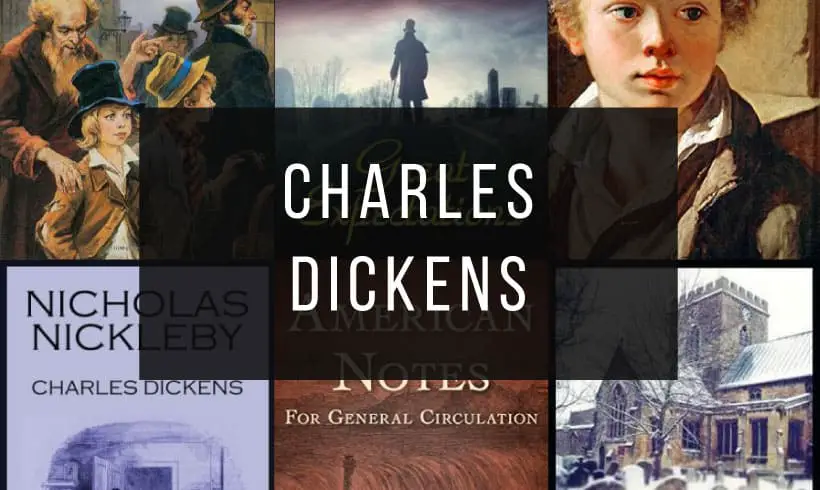Immerse yourself in the captivating universe of Charles Dickens with our extensive collection of free PDF books about this iconic author.
Charles Dickens, recognized as one of the greatest writers of English literature, transports us through his captivating stories set in the Victorian era.
His works capture the essence of society in his time, revealing social contrasts and exploring human dilemmas with mastery.
From his famous classics like “A Christmas Carol” and “Great Expectations” to his lesser-known but equally captivating tales, each work will immerse you in a fascinating world filled with memorable characters.
Don’t miss the opportunity to enrich your understanding of Charles Dickens’ legacy.
Download Charles Dickens’ books in PDF format for free now and start exploring the pages that will transport you to past eras and immerse you in thrilling adventures.
1) A Christmas Carol
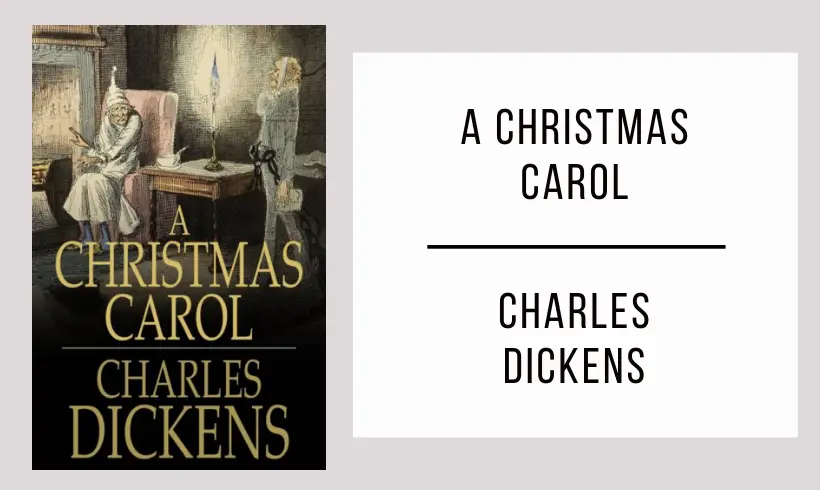
On a cold Christmas Eve, the miserly Ebenezer Scrooge is visited by three ghosts who take him on a journey through his past, present, and future. As he confronts the shadows of his own heart, he faces a choice: remain in darkness or embrace redemption.
In A Christmas Carol, Charles Dickens delivers a timeless tale of transformation and hope. A haunting yet heartwarming story that reminds us that kindness and generosity can change even the coldest of hearts.
2) Great Expectations
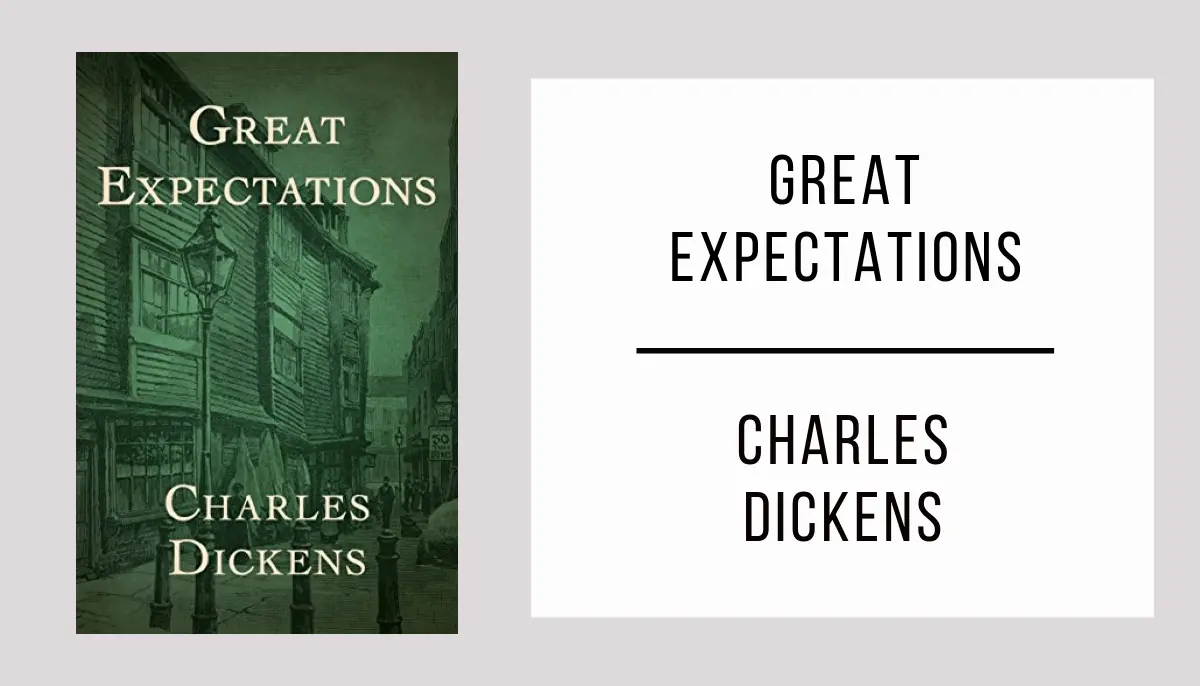
Great Expectations is a captivating tale that follows the dreams and challenges of a young orphan named Pip, who finds himself unexpectedly entangled in a web of secrets, love, and ambition.
Throughout its pages, Great Expectations explores themes such as identity, redemption, and the struggle to overcome social barriers. The novel invites us to reflect on expectations, regret, and the search for true happiness.
Embark on this thrilling literary adventure and discover why Great Expectations is considered a masterpiece by Charles Dickens. Its unforgettable characters, surprising twists, and brilliant narrative will keep you captivated until the very last page.
3) Oliver Twist
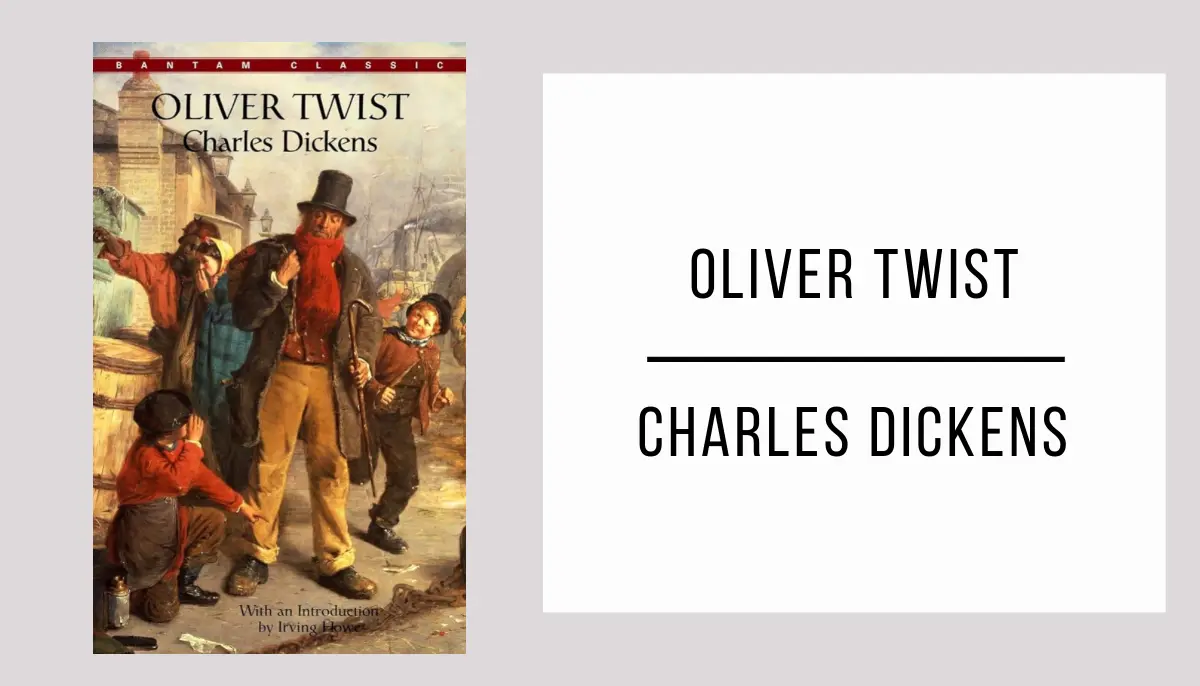
Oliver Twist is an exciting and heart-wrenching tale about an orphan boy struggling to survive in the dark and dangerous Victorian London.
Through its pages, Oliver Twist addresses themes such as poverty, social injustice, and redemption, showcasing the harsh reality of the time and highlighting the struggle for hope and dignity.
Immerse yourself in Charles Dickens’ wonderful prose and let yourself be captivated by the captivating story of Oliver Twist. This literary classic will transport you to a world full of intrigue, unforgettable characters, and reflections on the human condition.
4) David Copperfield
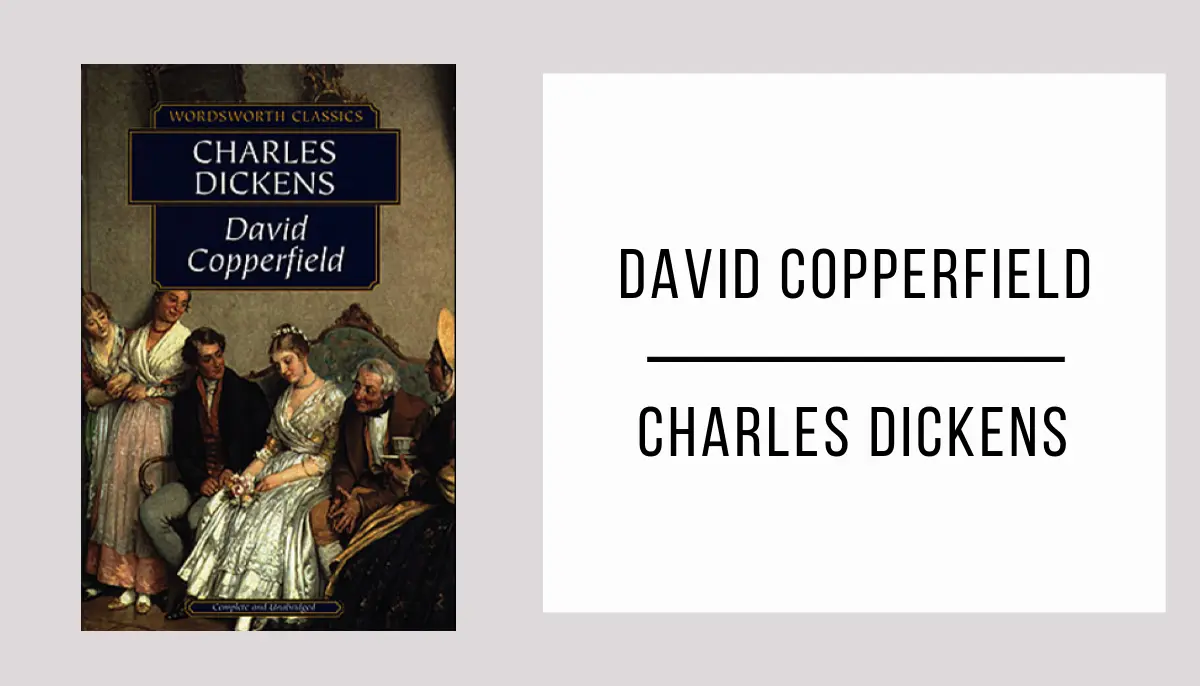
David Copperfield is a captivating journey through the life of its protagonist, from childhood to adulthood, filled with adventures, lost loves, and unforgettable encounters.
This masterpiece by Charles Dickens explores universal themes such as personal growth, the search for identity, and the complexities of human relationships, leaving a profound mark on the reader’s heart.
Immerse yourself in the pages of David Copperfield and discover the magic of Dickens’ prose. A literary experience that will transport you to another time and envelop you in an unforgettable story.
5) A Tale of Two Cities
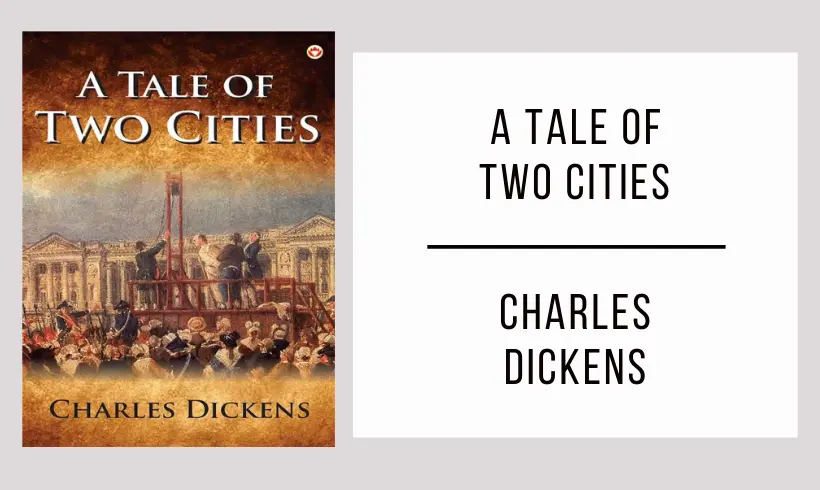
Revolution, sacrifice, and redemption unfold as two men, bound by fate, navigate the chaos of a world on the brink of collapse. Against the backdrop of the French Revolution, love and honor are tested in a time where justice and vengeance blur into one.
In A Tale of Two Cities, Charles Dickens weaves a powerful story of turmoil and transformation. A gripping historical novel that reminds us of the cost of change and the profound strength of selfless love.
6) The Posthumous Papers of the Pickwick Club
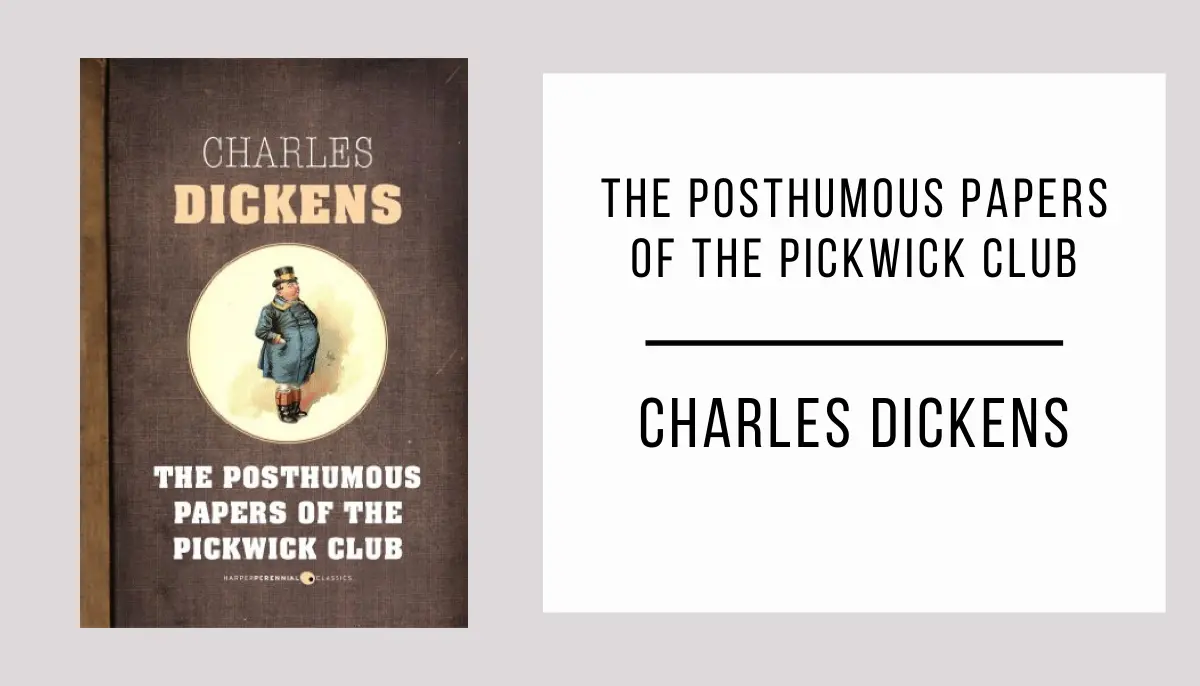
The Posthumous Papers of the Pickwick Club is a hilarious and charming work by Charles Dickens that follows the amusing adventures of an eccentric group of gentlemen in 19th-century England.
Through its social satire and wit, The Posthumous Papers of the Pickwick Club addresses themes such as friendship, love, social conventions, and criticism of the hypocrisy of the Victorian era.
Immerse yourself in Dickens’ world and discover why The Posthumous Papers of the Pickwick Club is a must-read. Its blend of humor, unforgettable characters, and sharp analysis of society will captivate you from start to finish.
7) Bleak House
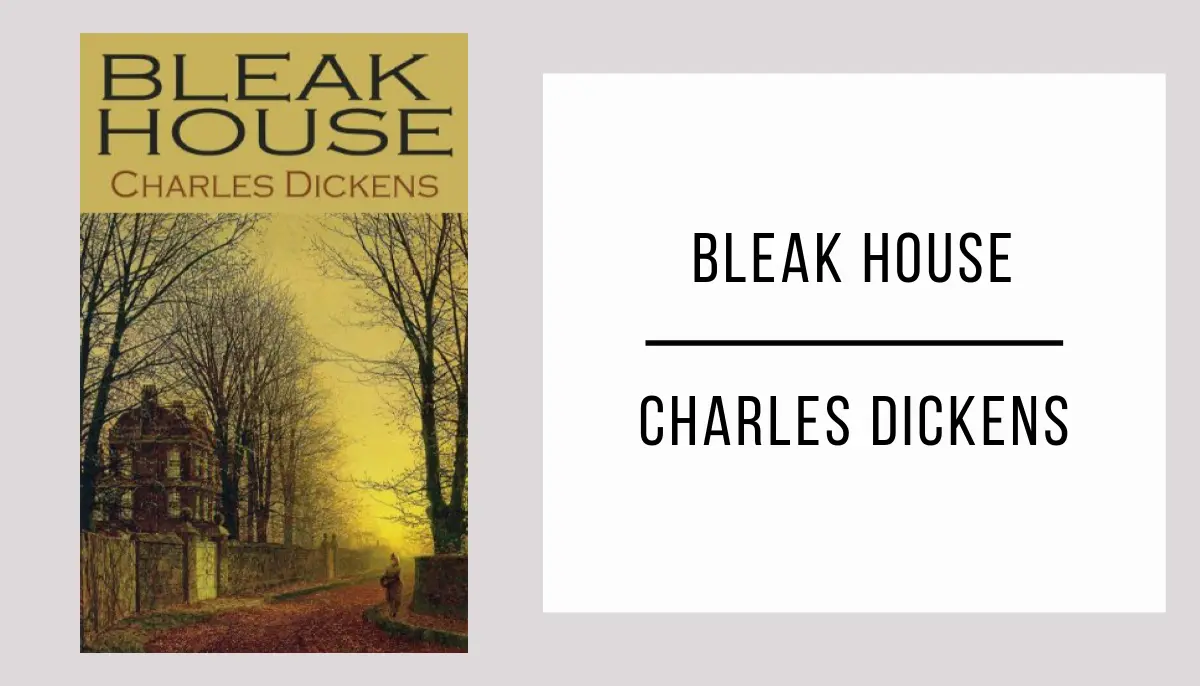
Bleak House is a captivating work by Charles Dickens that immerses the reader in a world of legal intrigues, hidden secrets, and unforgettable characters.
Through its plot, Bleak House explores themes of justice, corruption, and the search for identity, providing a critical look at Victorian society.
Don’t miss the opportunity to delve into the pages of Bleak House, a novel that will transport you to a fascinating past and keep you hooked until the last chapter.
8) Hard times
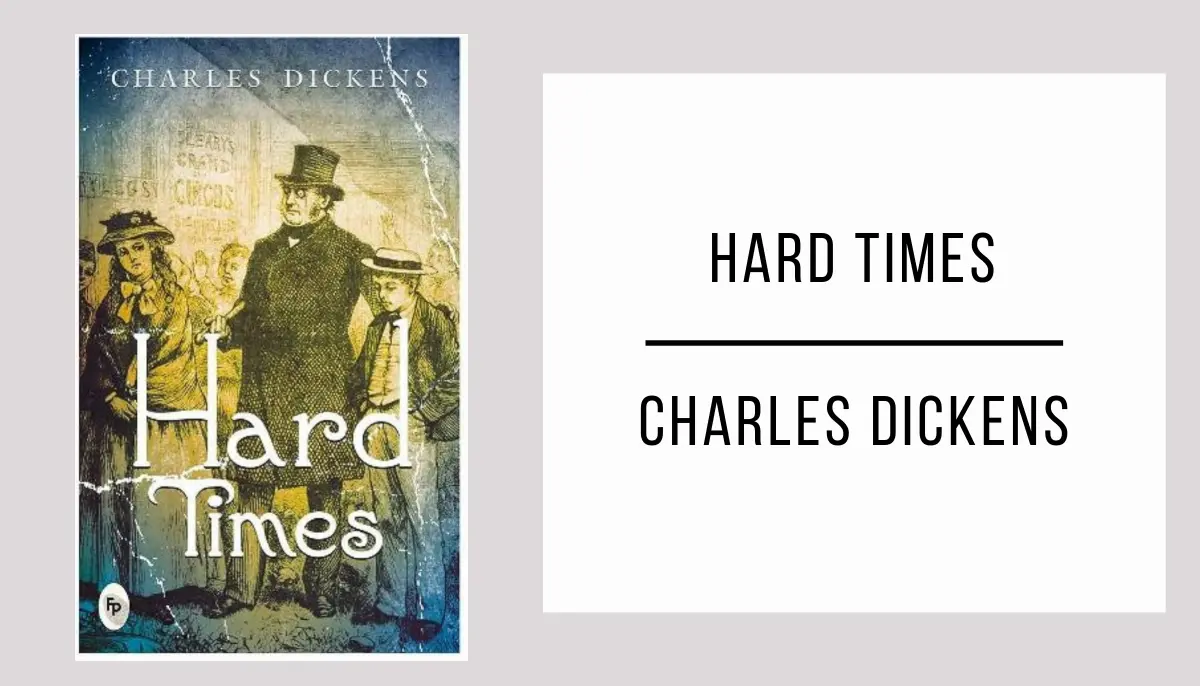
Hard Times is an incisive portrayal of 19th-century industrialized society, where the struggle for survival intertwines with the search for true humanity.
Through unforgettable characters and biting social critique, the novel explores themes such as utilitarian education, the alienation of the working class, and the importance of emotions in a world dominated by cold reason.
Immerse yourself in the captivating pages of Hard Times and discover Charles Dickens’ narrative brilliance as you confront the challenges of the Industrial Revolution. A reading that will make you reflect on the very essence of humanity and keep you hooked until the last page.
9) Little Dorrit

Little Dorrit is a captivating literary work by Charles Dickens that immerses the reader into Victorian society, revealing intrigues, injustices, and the redeeming power of love.
Through the story of Little Dorrit, Dickens explores themes such as social inequality, corruption, the struggle for freedom, and redemption, leaving a powerful reflection on the human condition.
Don’t miss the opportunity to delve into the fascinating and moving world of Little Dorrit. Discover a story filled with unforgettable characters, surprising twists, and a timeless message that will keep you captivated from beginning to end.
10) The Old Curiosity Shop
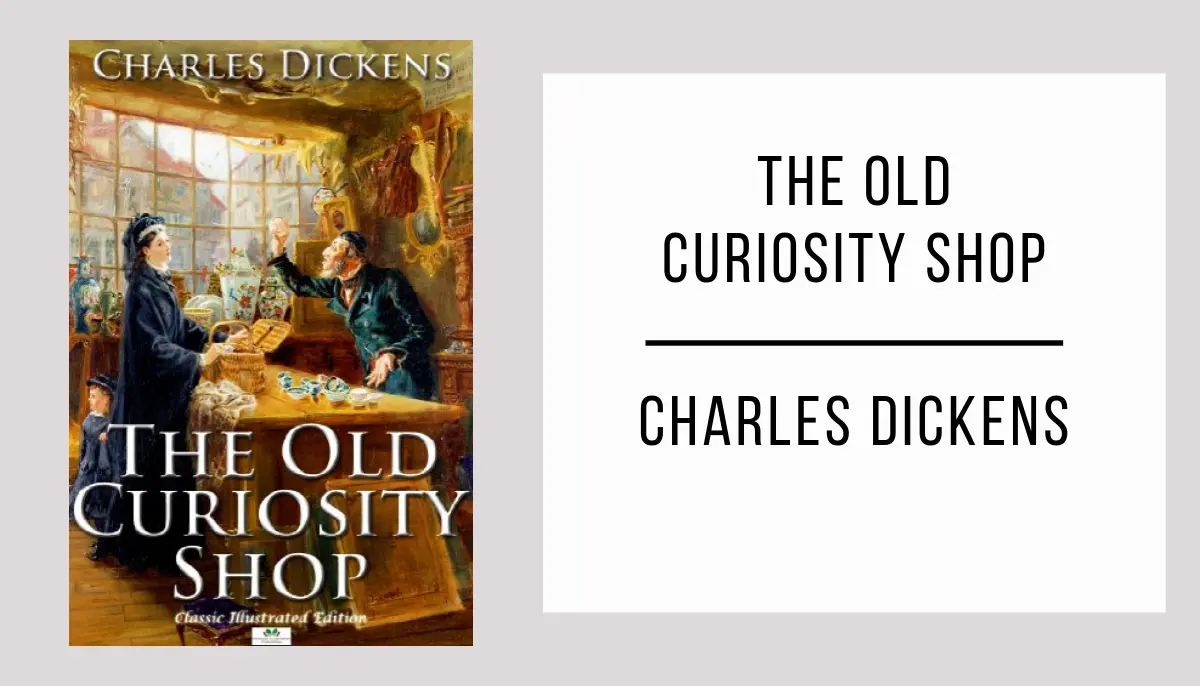
The Old Curiosity Shop is a captivating tale by Charles Dickens that immerses us in the life of Nell Trent and her grandfather, facing financial challenges and intriguing characters in the vibrant 19th-century London.
Through themes such as poverty, greed, and redemption, The Old Curiosity Shop invites us to reflect on the social injustices of the Victorian era, as we follow the characters’ journey in search of hope and meaning.
Don’t miss the opportunity to immerse yourself in Charles Dickens’s narrative mastery with The Old Curiosity Shop. Discover a world of unforgettable characters and insightful social critique that will keep you captivated from start to finish.
11) Nicholas Nickleby
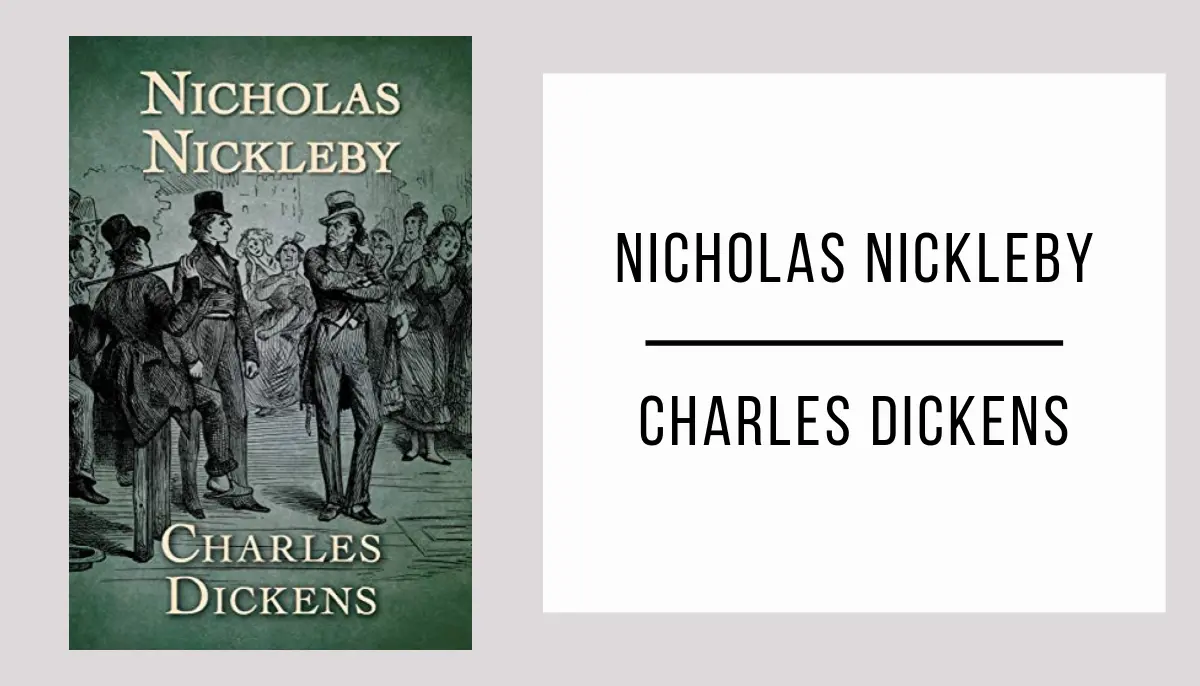
Nicholas Nickleby is a captivating tale of adventure and resilience in 19th-century England, following Nicholas’s life as he faces challenges, uncovers secrets, and seeks his place in the world.
Themes such as social inequality, the value of family, and personal growth intertwine in Nicholas Nickleby, offering a critical look at society of the time and highlighting the importance of empathy and justice.
Immerse yourself in the pages of Nicholas Nickleby and let yourself be enveloped by Charles Dickens’ masterful prose. Discover a world full of memorable characters and an unforgettable story that will both move you and make you reflect on the human condition.
12) Dombey and Son
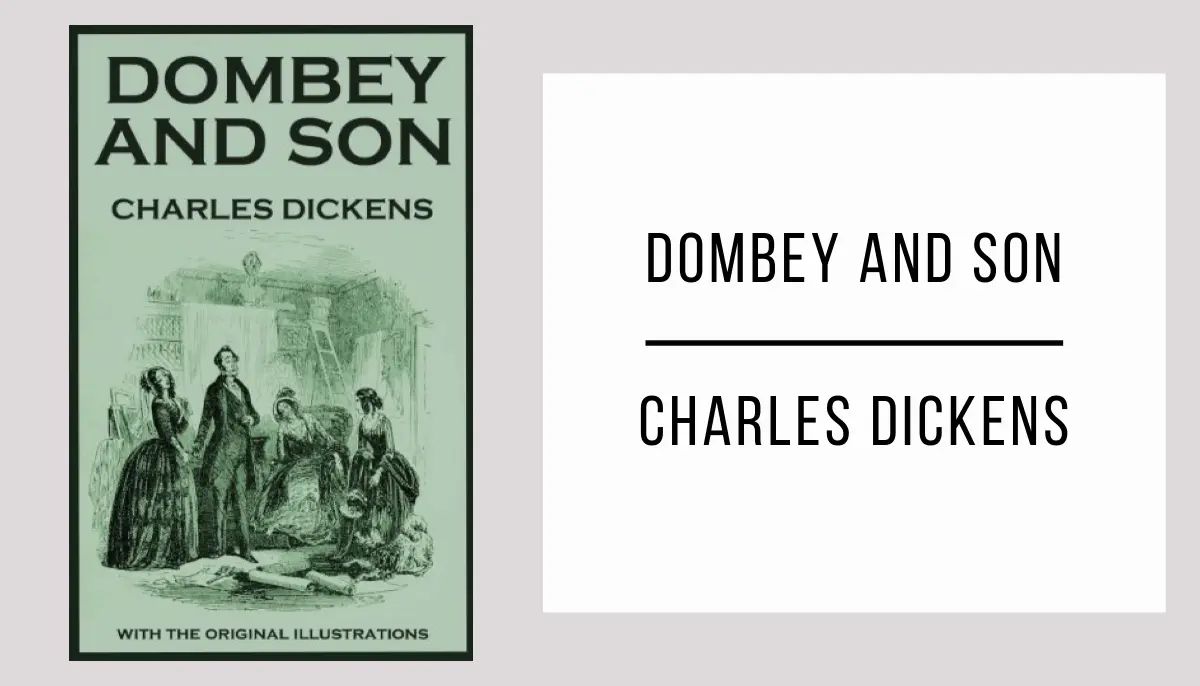
Dombey and Son is a captivating journey through ambition, love, and redemption. Immerse yourself in the life of Paul Dombey, a man obsessed with perpetuating his name and legacy.
This literary classic addresses universal themes such as family, loneliness, and the pursuit of happiness. Through memorable characters and moving situations, Charles Dickens takes us by the hand through a world full of social and emotional contrasts.
Dive into the pages of Dombey and Son and let yourself be carried away by Charles Dickens’ narrative mastery.
13) Martin Chuzzlewit
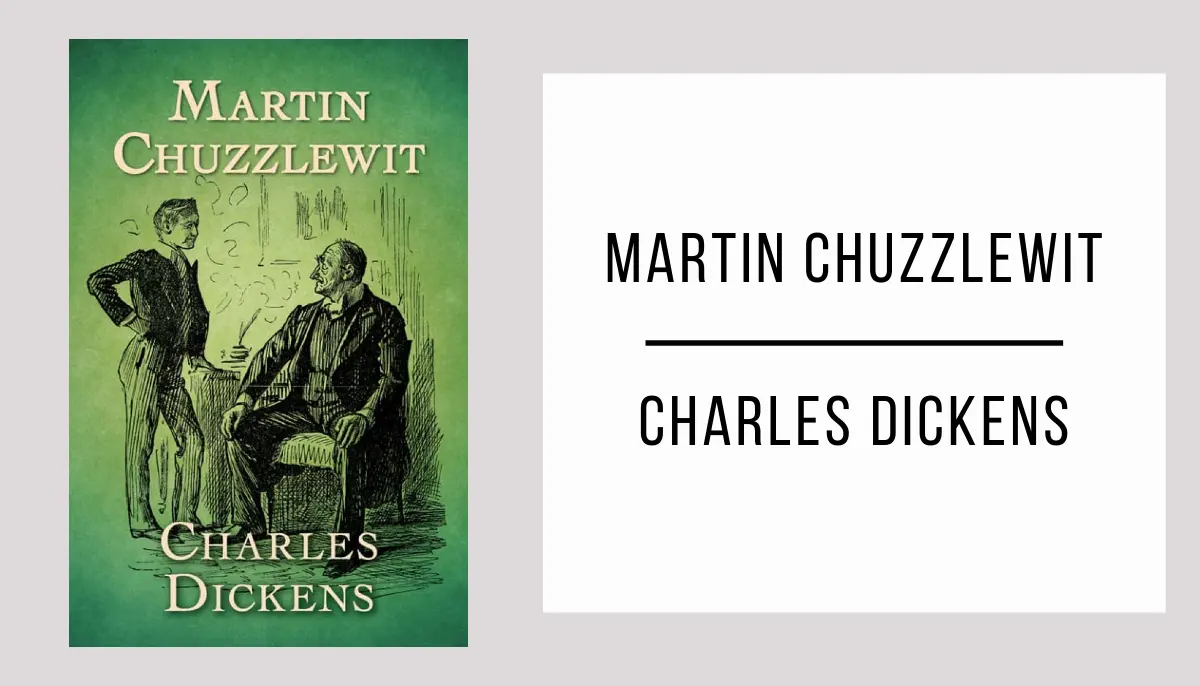
Martin Chuzzlewit is a captivating novel by Charles Dickens that unveils the intrigues and adventures of its protagonist in a world filled with unforgettable characters.
Through Martin Chuzzlewit, Dickens explores themes such as selfishness, social critique, and human nature, providing a perspicacious and satirical look at the society of his time.
Immerse yourself in the pages of Martin Chuzzlewit and be captivated by Charles Dickens’ literary mastery. Discover a fascinating story that will make you reflect and keep you eager to uncover every twist and surprise.
14) Barnaby Rudge
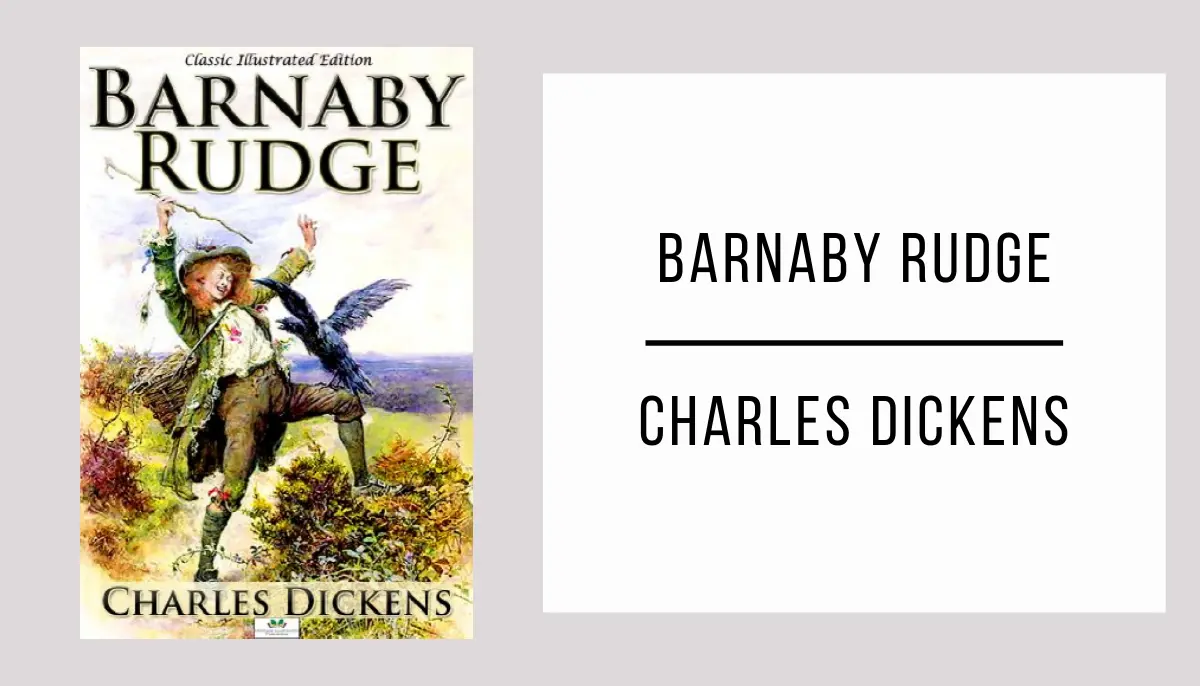
Barnaby Rudge is an enthralling novel by Charles Dickens that immerses you in the turbulent anti-Catholic riots of the 18th century and captivates you with its mystery and unforgettable characters.
Through Barnaby Rudge, Dickens explores themes such as social injustice, redemption, and the struggle for love amid a tumultuous historical backdrop, offering profound reflections on human nature.
You cannot miss the opportunity to delve into the literary genius of Charles Dickens with Barnaby Rudge. This captivating story will transport you to bygone times and keep you intrigued until the last page.
15) The Mystery of Edwin Drood
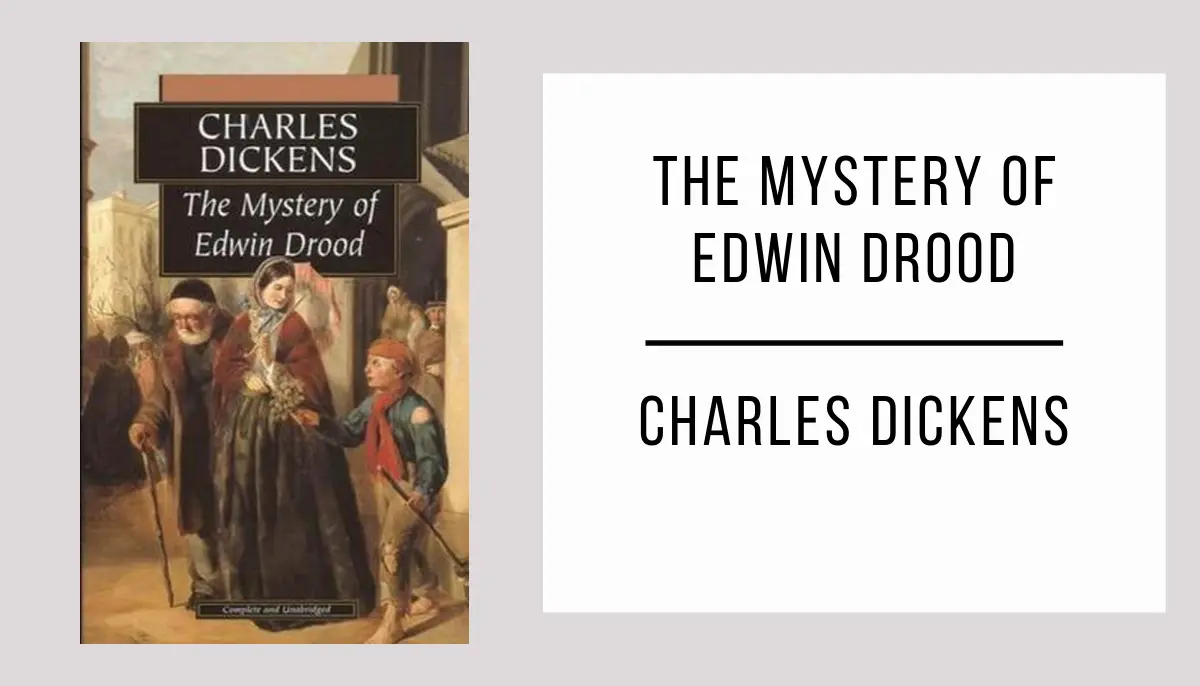
The Mystery of Edwin Drood is an intriguing Victorian thriller that will immerse you in a quest full of twists and hidden secrets in the shadows of 19th century England.
Through its captivating plot, The Mystery of Edwin Drood explores themes such as forbidden love, obsession, and the duality of human nature, keeping the reader on edge until the last page.
Don’t miss this masterpiece by Charles Dickens that will challenge your suspicions and invite you to uncover the truth behind the enigmatic fate of Edwin Drood.
16) Our Mutual Friend
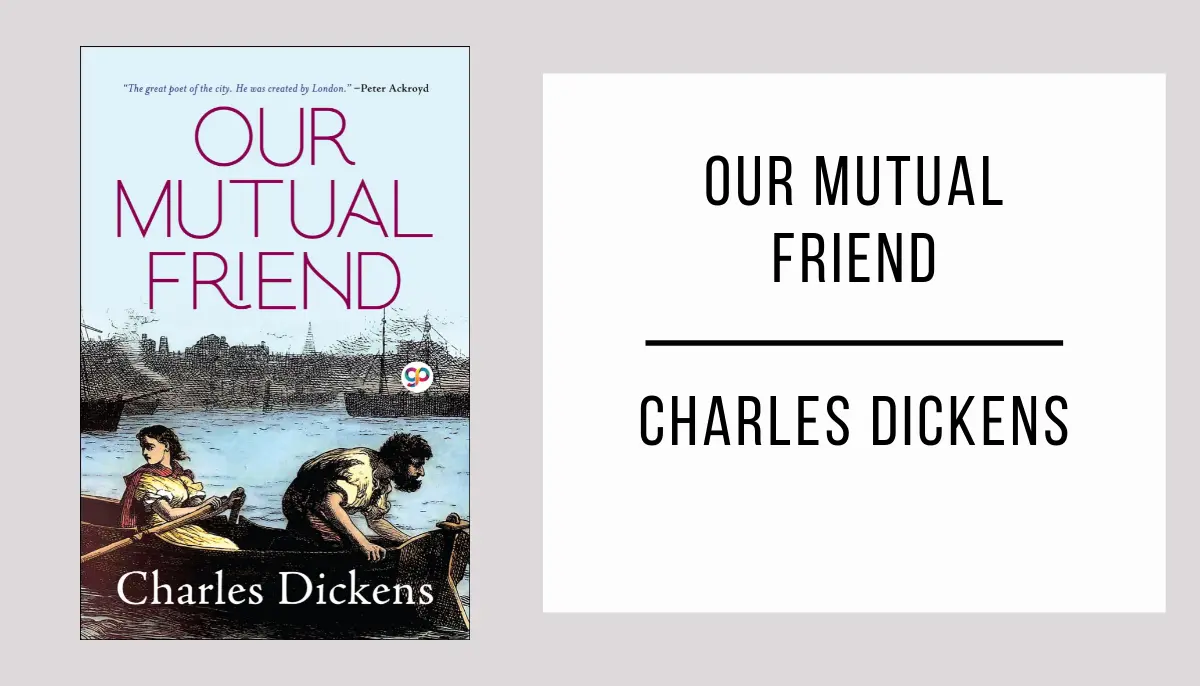
Our Mutual Friend is a captivating classic novel that immerses you in the intricate Victorian society. Discover the secrets, intrigues, and unexpected twists surrounding a group of unforgettable characters.
Through Our Mutual Friend, Charles Dickens masterfully analyzes the relationship between money and human values. He explores themes such as identity, the pursuit of happiness, and the complexities of social class in Victorian England.
Don’t miss the opportunity to immerse yourself in this literary masterpiece. Our Mutual Friend will transport you to a world full of intrigue, emotions, and reflections on human nature.
17) The Cricket on the Hearth
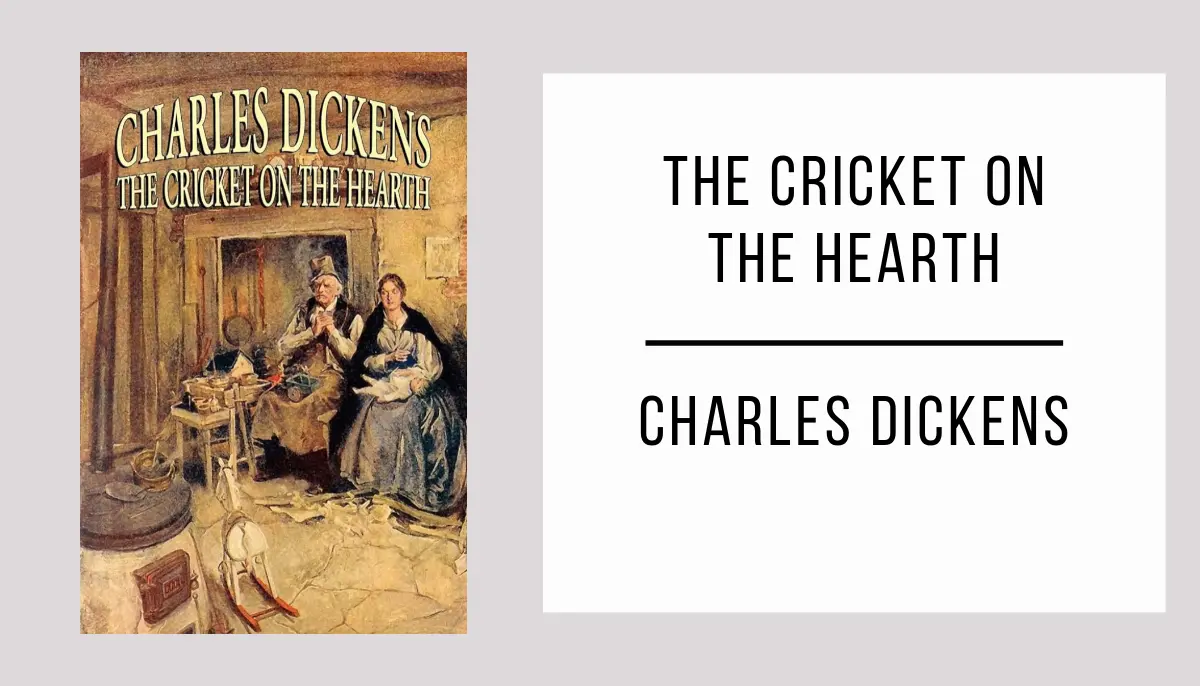
The Cricket on the Hearth is a captivating tale of redemption and family love written by Charles Dickens. Immerse yourself in the magical Christmas atmosphere of London and discover how the ties of the heart can transform lives.
This book addresses universal themes such as the importance of compassion, personal growth, and the power of forgiveness. Through endearing characters, Dickens invites us to reflect on the true meaning of Christmas and human kindness.
Don’t miss the opportunity to experience Charles Dickens’ literary magic in The Cricket on the Hearth. Let yourself be enveloped by his evocative prose and unforgettable characters as you explore a world of emotions and discoveries.
18) The Chimes
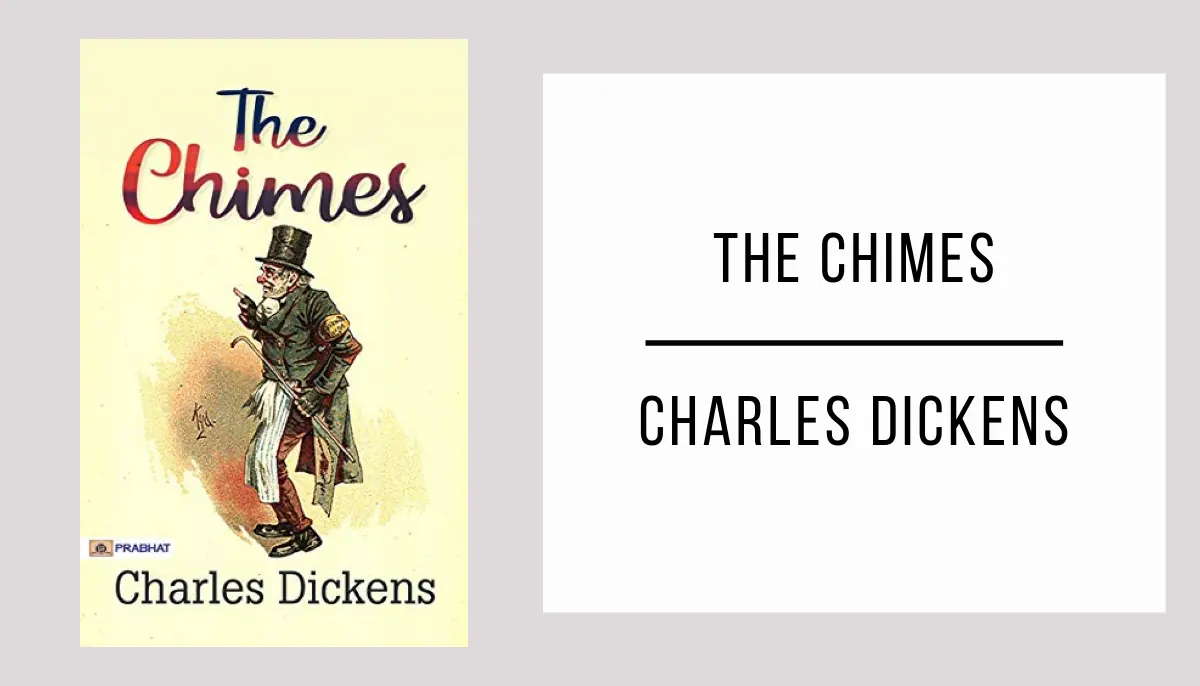
The Chimes is a poignant novel by Charles Dickens filled with magic and redemption, set during the Christmas season and starring Trotty Veck, who questions human nature and discovers the importance of hope in difficult times.
Through The Chimes, Dickens tackles themes of social inequality, injustice, faith, and personal redemption, offering a powerful reflection on the human condition and the importance of empathy towards the less privileged.
Immerse yourself in the pages of The Chimes and let yourself be captivated by Dickens’ narrative mastery. Discover a story full of emotions, unforgettable characters, and a message that will resonate in your heart.you captivated from beginning to end.
19) The Signal-Man

The Signal-Man is an intriguing tale of terror written by Charles Dickens. Immerse yourself in the darkness of a tunnel and discover the secrets lurking in the supernatural world of the signalman.
Themes such as mystery, madness, and the power of destiny intertwine in The Signal-Man. Dickens creates a haunting atmosphere that captivates the reader and prompts reflection on the inexplicable forces that govern our lives.
You won’t be able to resist the allure of The Signal-Man. Let yourself be carried away by the pages of this masterpiece of classic literature and experience the thrill of psychological terror in its purest form.
20) A House to Let
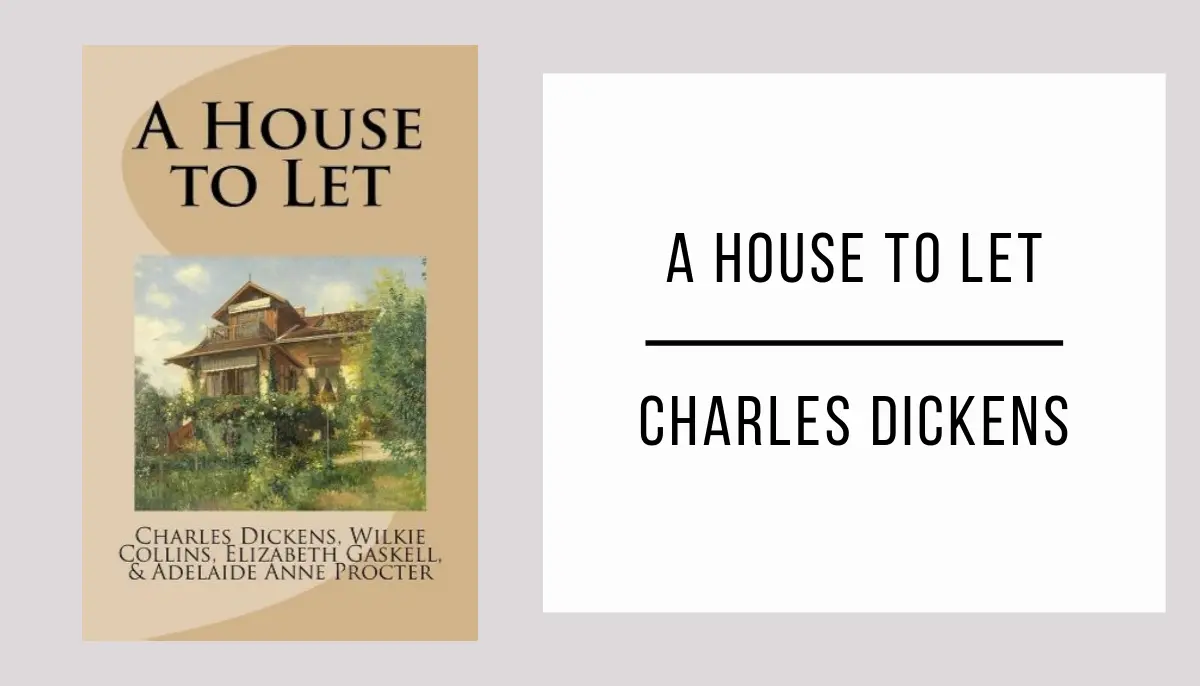
A House to Let is a captivating tale of mystery and hidden secrets that will transport you to the intriguing Victorian era.
This book by Charles Dickens explores themes such as human curiosity, the quest for truth, and the enigmatic nature of abandoned houses.
Immerse yourself in the pages of A House to Let and let yourself be enveloped by Dickens’ narrative mastery as you uncover the mysteries hidden behind the doors of this fascinating story.
21) Master Humphrey's Clock
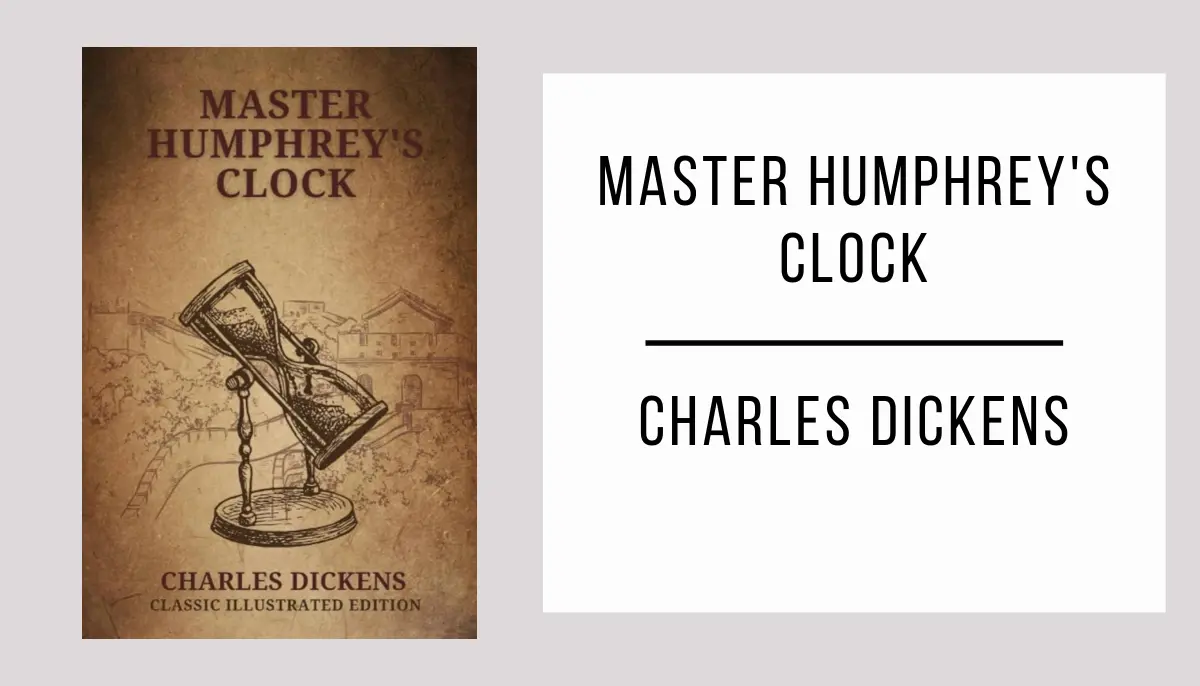
Master Humphrey’s Clock is a captivating work by Charles Dickens that immerses us in a world of friendship, mystery, and fascinating narratives.
Through its pages, Master Humphrey’s Clock explores themes such as loneliness, social criticism, and the importance of stories as a source of human connection.
Don’t miss the opportunity to delve into this masterpiece of classic literature. Master Humphrey’s Clock will transport you to a universe full of unforgettable characters and profound reflections that will keep you captivated from beginning to end.
22) Sketches by Boz
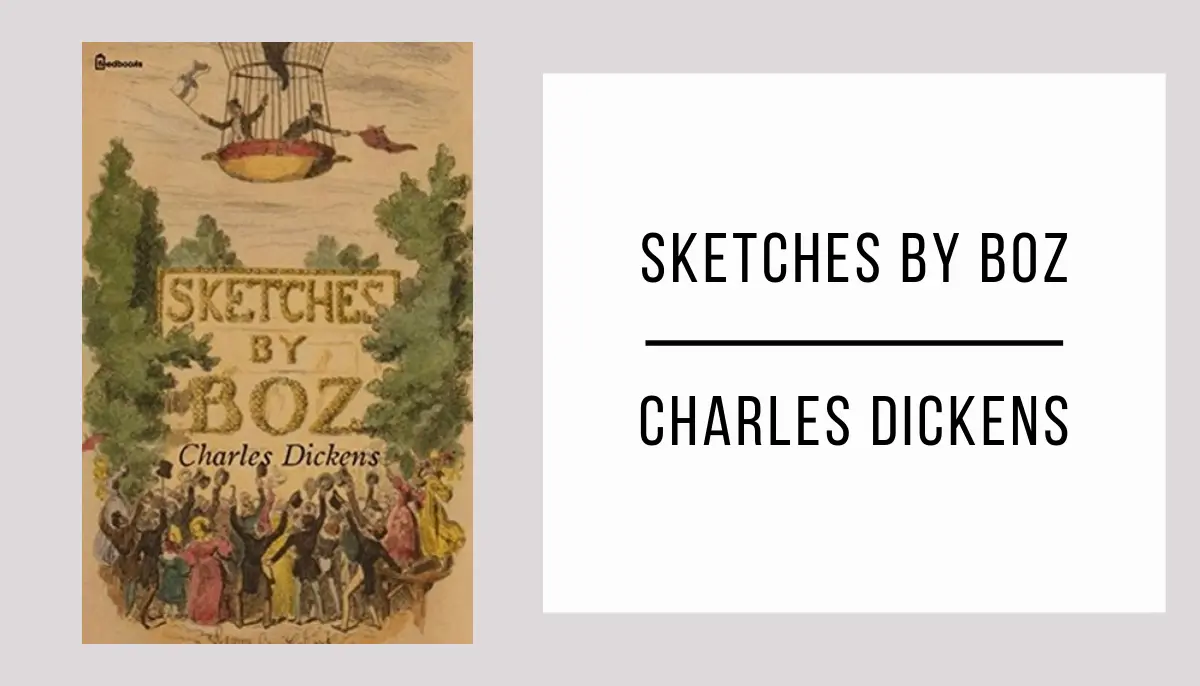
Sketches by Boz is a captivating collection of short stories that capture the life and characters of Victorian society with Charles Dickens’s narrative mastery.
Through his sketches, Dickens explores themes such as social inequality, morality, and satirical critique, offering a poignant and insightful glimpse into 19th-century society.
Immerse yourself in Charles Dickens’s masterful prose and let yourself be captivated by the richness of the characters and stories that comprise Sketches by Boz.
23) American Notes for General Circulation
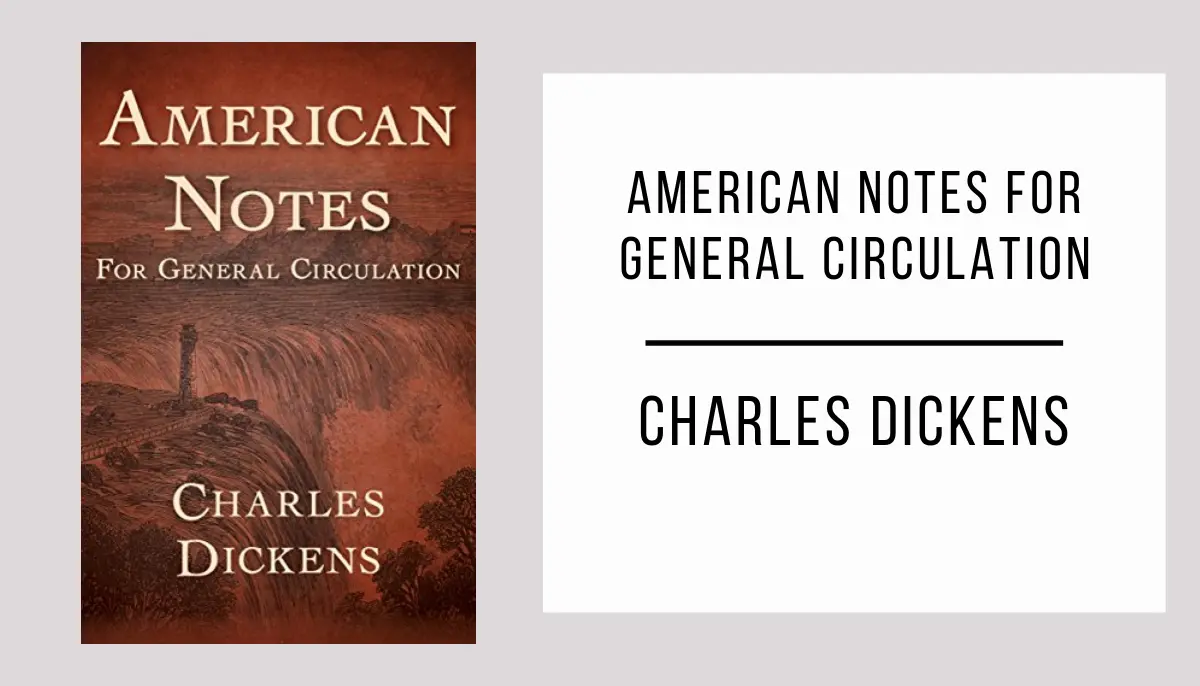
American Notes for General Circulation is a fascinating travel narrative written by Charles Dickens, offering a critical and insightful perspective of 19th-century American society.
Throughout its pages, American Notes for General Circulation addresses themes such as slavery, violence, social inequality, and the quest for national identity in a developing country.
Discover Dickens’s unique observations and immerse yourself in this captivating literary journey that invites reflection on the history and complexities of American society.


